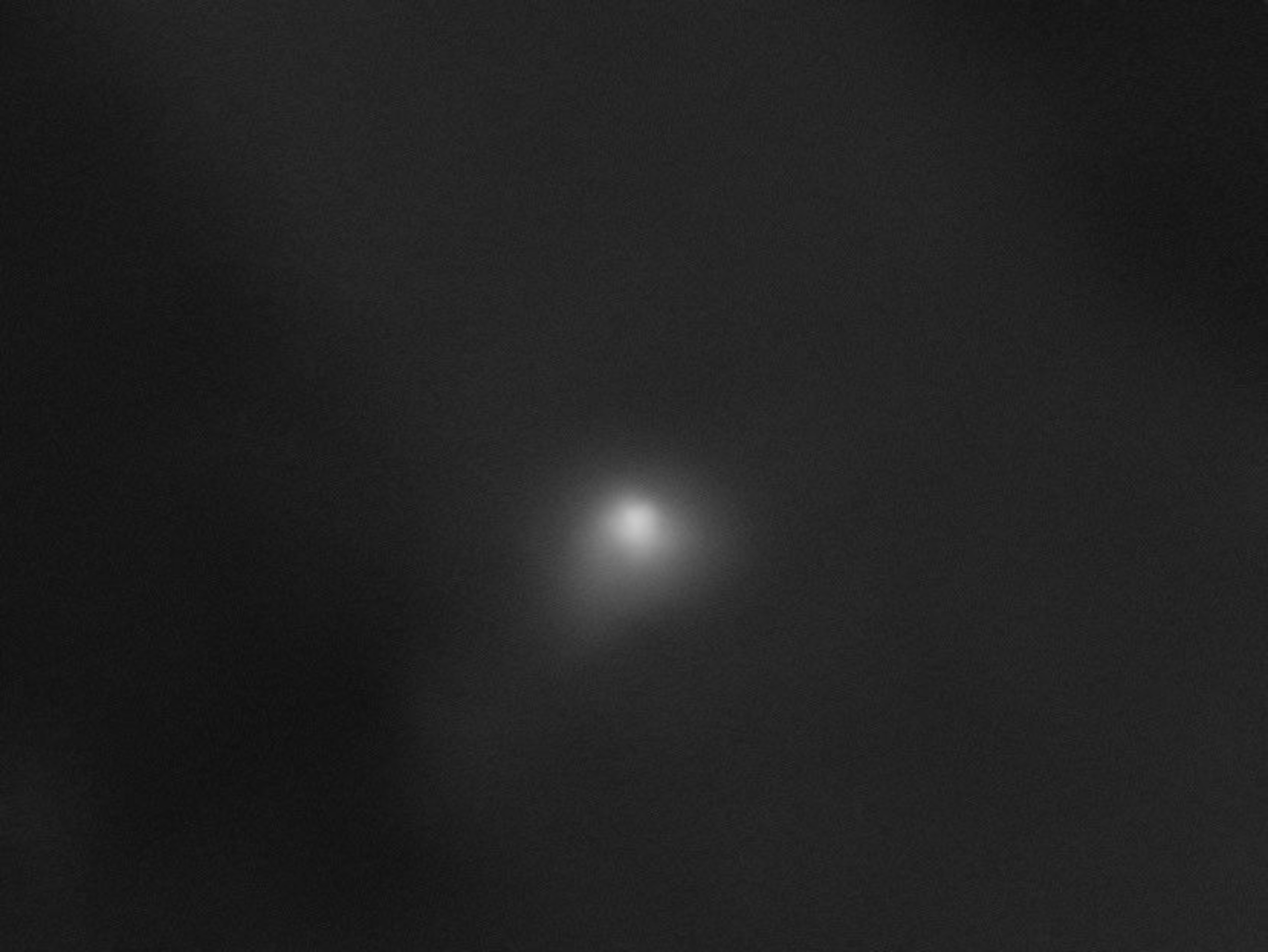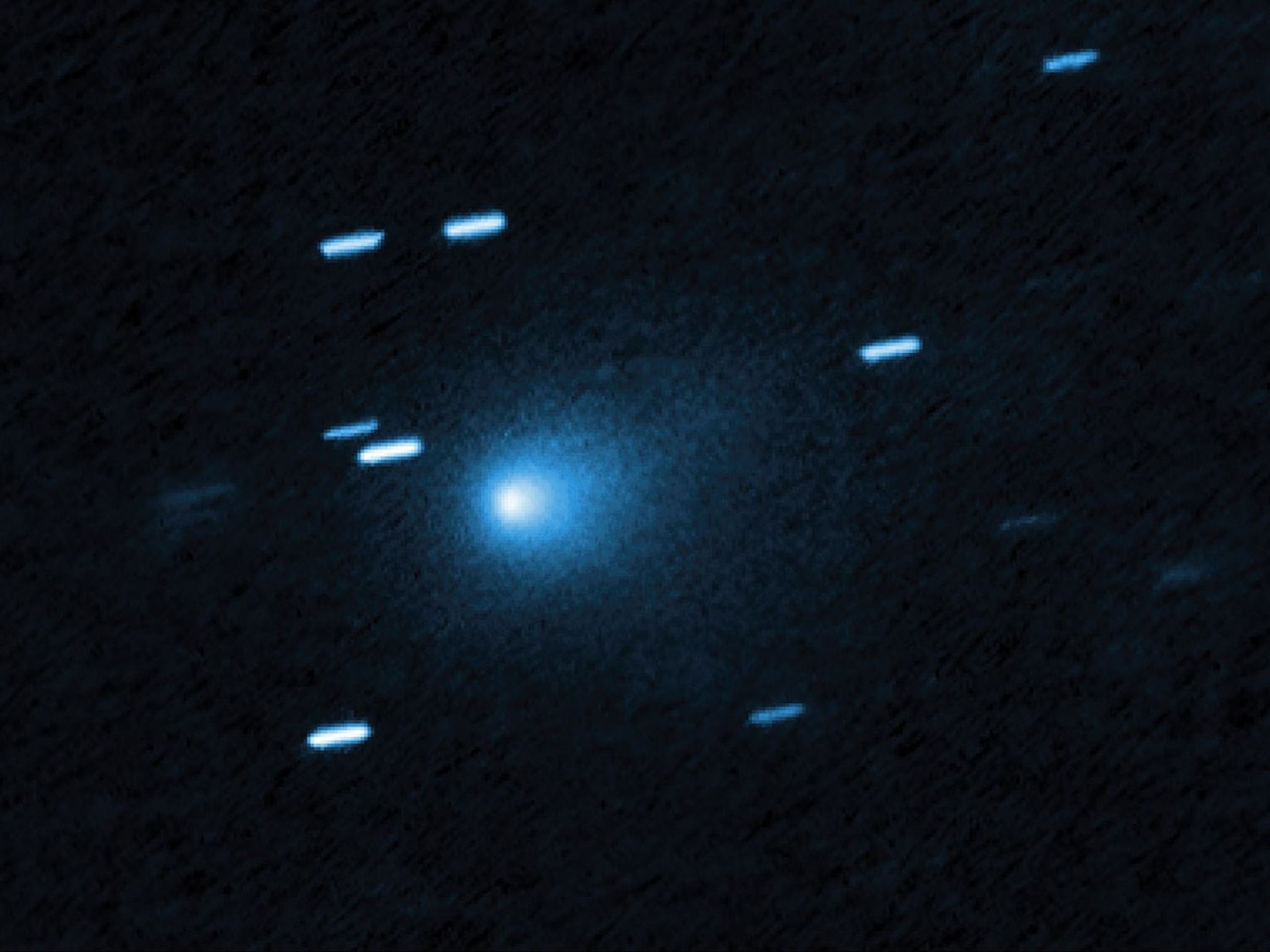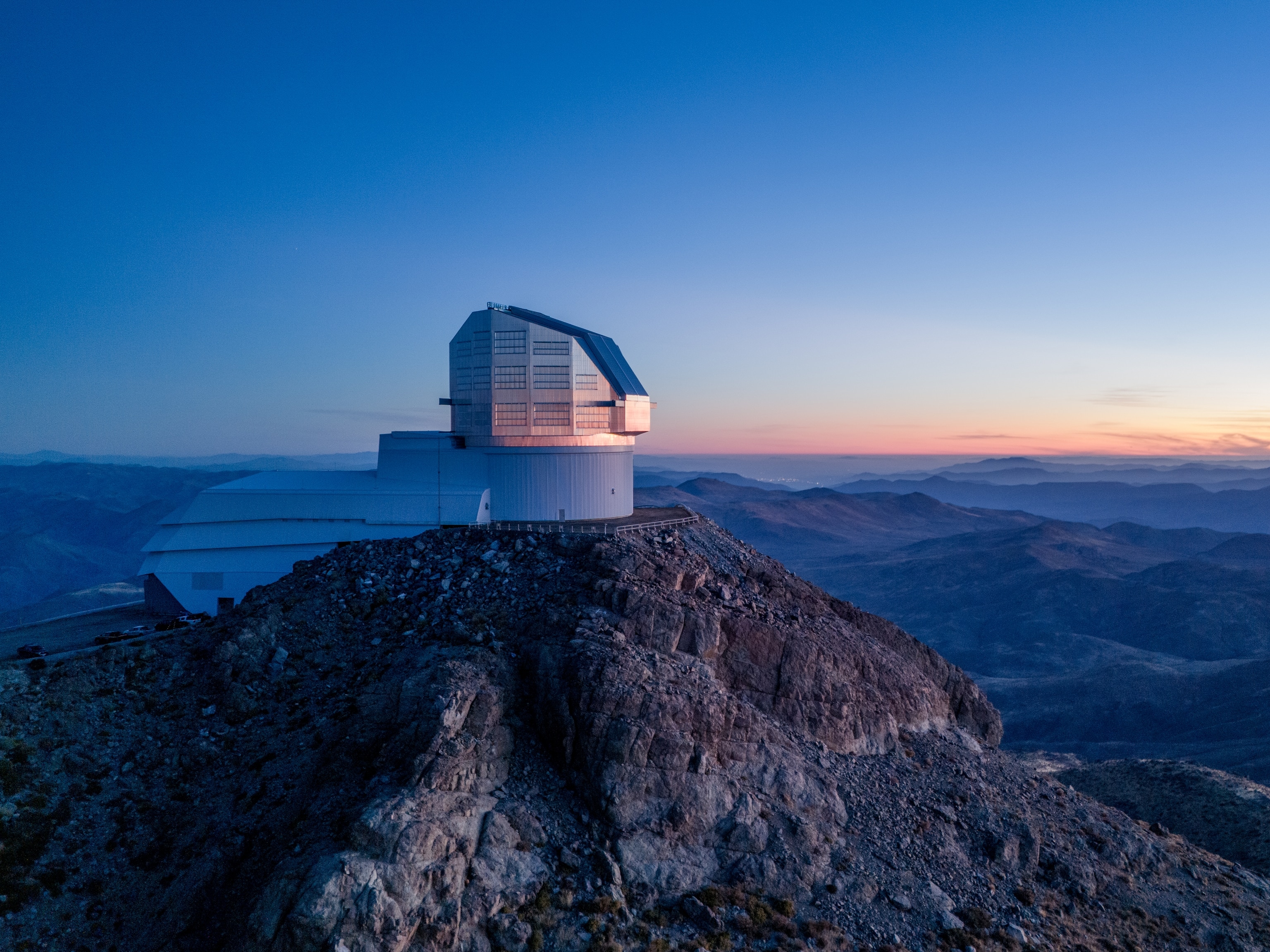There's a lot hiding in the universe's dark corners. Interstellar dust clouds and inky stretches of deep space can appear dull to ordinary telescopes. But to a car-size telescope 26 million miles (41.8 million kilometers) from Earth, they are alive with light—infrared light, or heat rays. Since its launch in August 2003, says Robert Kennicutt, an astronomer at the University of Arizona, NASA's Spitzer Space Telescope "has opened up half the universe to us."
In the process, it has exposed cosmic birthplaces. Stars take shape in clouds of gas and dust, and planets emerge in disks of debris around new stars. Early galaxies are also swathed in dust. Little visible light gets out, but these objects still emit heat—and infrared. "If you only look in visible light at these objects, you don't even see the tip of the iceberg—you see the tip of the tip of the iceberg," says Charles Lawrence of the Jet Propulsion Laboratory in Pasadena, California. "We look in the infrared because that's where the photons are."
Catching those photons, or light particles, meant going into space, because Earth's atmosphere blocks most infrared. Lyman Spitzer, the American astrophysicist for whom the telescope is named, pointed out the advantages of space telescopes back in 1946. Since then, instruments such as the legendary Hubble Space Telescope have proved him right. But the Spitzer telescope's infrared vision is the keenest ever, thanks to a mirror nearly three feet (0.9 meters) across, sensitive detectors cooled almost to absolute zero, and an orbit far from Earth's distracting heat.
Already the telescope has gleaned clues about how and where planets form, and even spotted two of them by picking up their infrared glow. It is helping astronomers understand how light and radiation from existing stars can trigger the collapse of gas clouds to form new stars. And in the far reaches of space, Spitzer is finding young galaxies glowing in the infrared. "We've made major progress in searching for galaxies at the beginning of the universe," says Giovanni Fazio of the Harvard-Smithsonian Center for Astrophysics. "I'm like a child let loose in a toy store."
The fun should continue until the telescope runs out of the liquid helium that helps cool it, in about 2008. Early in the next decade, NASA plans to launch the James Webb Space Telescope, a much larger infrared observatory. "This is the golden age of astrophysics," says Lawrence. "A thousand years from now we'll look back and say that."






